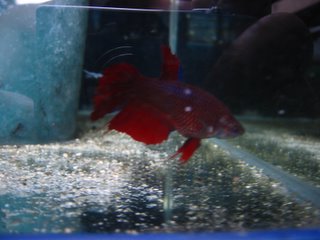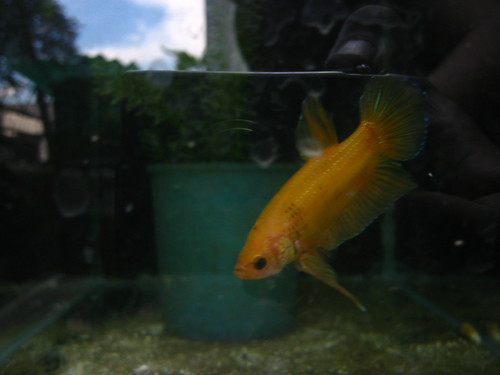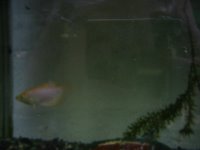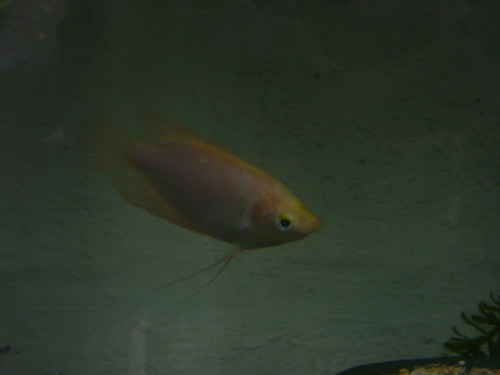Coral Reefs
The following link will take you to INQ7.net :
95% of RP reefs ruined, says group
By Blanche S. Rivera/Inquirer News Service
http://www.inq7.net/globalnation/sec_new/2005/nov/14-02.htm
I saw this today while reading the Inquirer on-line. It was about the state of the country's coral reef and the projects of Reefcheck aimed at conserving it. The work of Reefcheck is commendable. However, there seems to be some inaccuracies in the article.
And it is related to the fishing methods employed:
First, Blast fishing is not employed in catching marine fish for the aquarium trade. It is used to get fish for food. This illegal practice, dynamite is thrown into the sea, kills the fish and as such it is impossible to be used to get live fish. It is true that this type of fishing destroys the reef.
Second, cyanide fishing or by spraying a body of water or a coral colony with diluted cyanide is the illegal way of catching fish for the aquarium trade. The only instance I have learned it being used in catching fish is when they try to catch the big groupers and Napolean wrasse. The cyanide stuns the fish. Although the proper word used should be poisoned. The cyanide poisoned fish enters the aquarium trade and eventually dies after a few months, if it is lucky. Water conditions in the holding facility and in the aquarium might hasten its demise.
Third, the article also failed to mention other destructive means of fishing (the use of children with rocks to scare the fish to the nets - can you imagine the impactof the rocks on the coral) and the actual harvest of the reef themselves for construction and the aquarium trade.
Again I do not have anything against Reefcheck. I checked their site and it seems all informations there are correct. And let me state again I think that their work is laudable. It seems though that the article seems lacking in information.
95% of RP reefs ruined, says group
By Blanche S. Rivera/Inquirer News Service
http://www.inq7.net/globalnation/sec_new/2005/nov/14-02.htm
I saw this today while reading the Inquirer on-line. It was about the state of the country's coral reef and the projects of Reefcheck aimed at conserving it. The work of Reefcheck is commendable. However, there seems to be some inaccuracies in the article.
And it is related to the fishing methods employed:
First, Blast fishing is not employed in catching marine fish for the aquarium trade. It is used to get fish for food. This illegal practice, dynamite is thrown into the sea, kills the fish and as such it is impossible to be used to get live fish. It is true that this type of fishing destroys the reef.
Second, cyanide fishing or by spraying a body of water or a coral colony with diluted cyanide is the illegal way of catching fish for the aquarium trade. The only instance I have learned it being used in catching fish is when they try to catch the big groupers and Napolean wrasse. The cyanide stuns the fish. Although the proper word used should be poisoned. The cyanide poisoned fish enters the aquarium trade and eventually dies after a few months, if it is lucky. Water conditions in the holding facility and in the aquarium might hasten its demise.
Third, the article also failed to mention other destructive means of fishing (the use of children with rocks to scare the fish to the nets - can you imagine the impactof the rocks on the coral) and the actual harvest of the reef themselves for construction and the aquarium trade.
Again I do not have anything against Reefcheck. I checked their site and it seems all informations there are correct. And let me state again I think that their work is laudable. It seems though that the article seems lacking in information.






